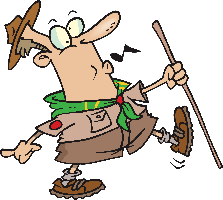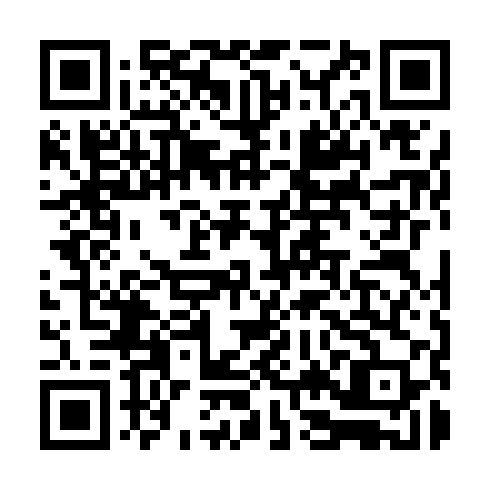Collecting Kindling: What's Okay, What's Not
| Category: | Outdoor Skills |
|---|---|
| Notes: | Provides rules and best practices for gathering kindling while camping, plus fun alternative ideas and Leave No Trace reminders. |
A roaring campfire starts with a spark-and that spark needs kindling. But before you scatter into the woods like foraging squirrels, it's worth asking: What kindling can Scouts collect, and what should be left alone? Here's how to follow the rules, build a better fire, and show respect for the forest.
What's Okay to Collect
- Dead and Down: Only gather wood that is already dead and has fallen naturally. No snapping twigs off living trees-even if "they look dry."
- Wrist-Size Rule: Stick to wood no thicker than your wrist. Anything bigger is firewood, not kindling, and might be regulated.
- Ground First: If you can find it on the ground without tools, it's usually fair game (as long as local rules allow it).
What's Not Okay
- No Live Cutting: Don't cut or damage live trees, saplings, or bushes-no matter how dry the wood looks.
- No Bark Stripping: Bark helps trees live, and stripping it damages even dead wood's role in the ecosystem.
- No Rare Finds: Don't gather from interpretive areas, protected species, or anything marked as sensitive habitat.
Creative Kindling Ideas
- Dry Pine Needles: A pinch of these under your tinder can help a fire take off-but only use dry needles found on the ground.
- Fatwood: Resin-rich pine stumps (if allowed) make excellent, long-burning starters. They smell amazing, too.
- Natural Tinder: Birch bark from fallen logs, dry moss, fluffy grass heads, or cattail fluff are all traditional Scout picks.
- DIY Starters: Cotton balls in petroleum jelly, dryer lint in a cardboard egg carton, or wax-dipped pine cones make great bring-alongs.
Bonus Tip: Collect kindling before you strike a match-not after. Fires wait for no Scout, and scrambling with a half-lit match is how legends (and safety lessons) are born.
Scouts don't just gather kindling-we gather it responsibly. Knowing what's okay to collect shows respect for nature and keeps forests healthy for the next crew who comes to build a fire and tell a story.

